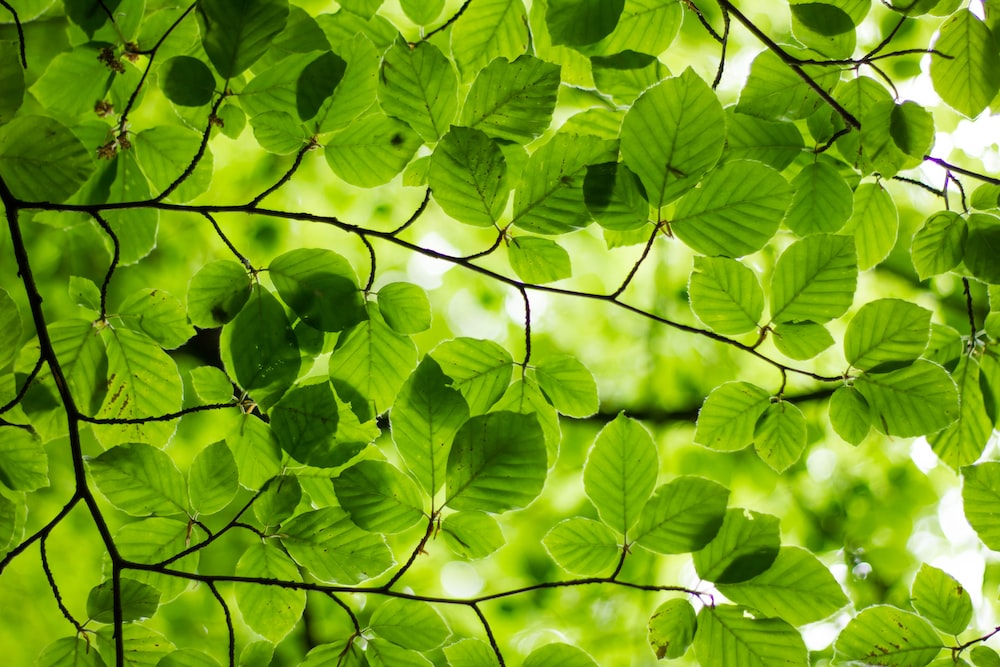Leaves! Mostly green, but always beautiful. One can’t imagine trees without leaves; our basic sketches of trees in our childhood all had leaves of various shapes and sizes. The more common trees we see daily comprise 90% leaves, hence the general notion of green-colored trees. On average, a healthy tree, fully grown, can have about 200,000 leaves on it.
Taking a closer look at the types and functions of leaves, there are various types of tree leaves, some of which don’t even look like our idea of leaves. As for functions, leaves contribute from survival to even the overall growth of a tree. Let’s explore further.
Functions of Leaves
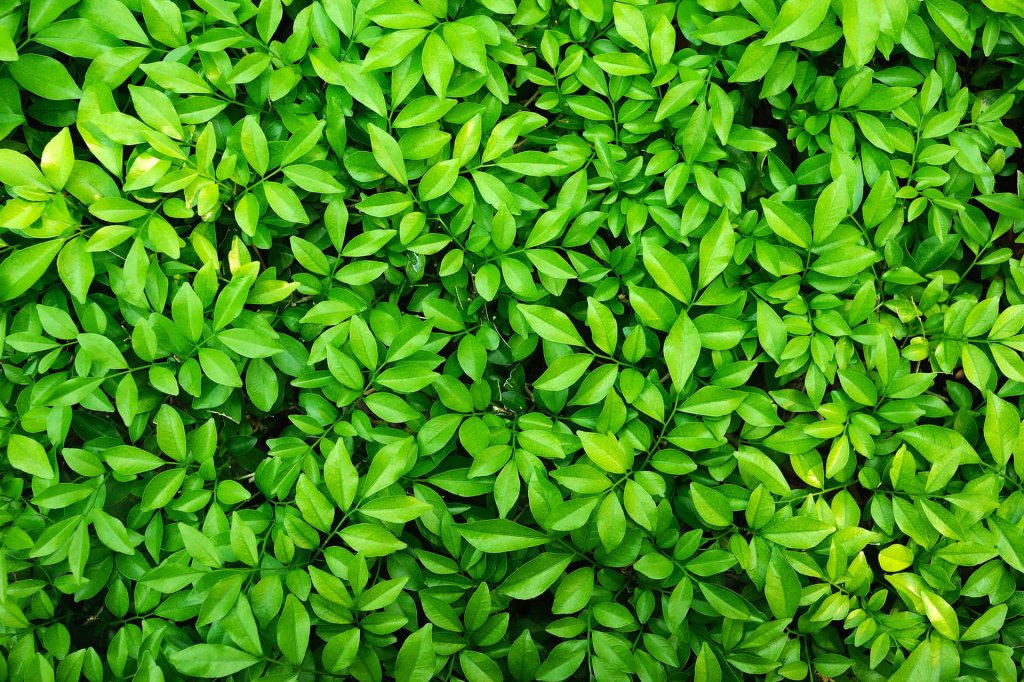
Leaves perform so many functions for the trees, from growth to survival to transpiration; they’re like the smaller units of workers in a factory that work on a piece, which eventually goes to the next station to be combined into something larger.
So, let’s have a detailed look at the most essential functions of leaves:
1. Photosynthesis

We all understand photosynthesis as the primary function of leaves. It converts carbon dioxide from the atmosphere, water, and ultraviolet light from the sun into energy for the plant in the form of glucose. This entire process is facilitated by the Chlorophyll in the leaves and happens to be in the Chloroplasts of the plant cell.
It is the chloroplast that absorbs the light needed for photosynthesis from the sunlight in the form of light energy or photons. In this process, it absorbs red and blue light from the sunlight and reflects the green light, hence giving the leaves the natural green color we perceive. The glucose produced is then used for the growth and development of the plant. With the help of Phloem, tiny pipelines in the plant, the glucose produced is transported from the leaves downwards through the stem to the roots.
2. Transpiration
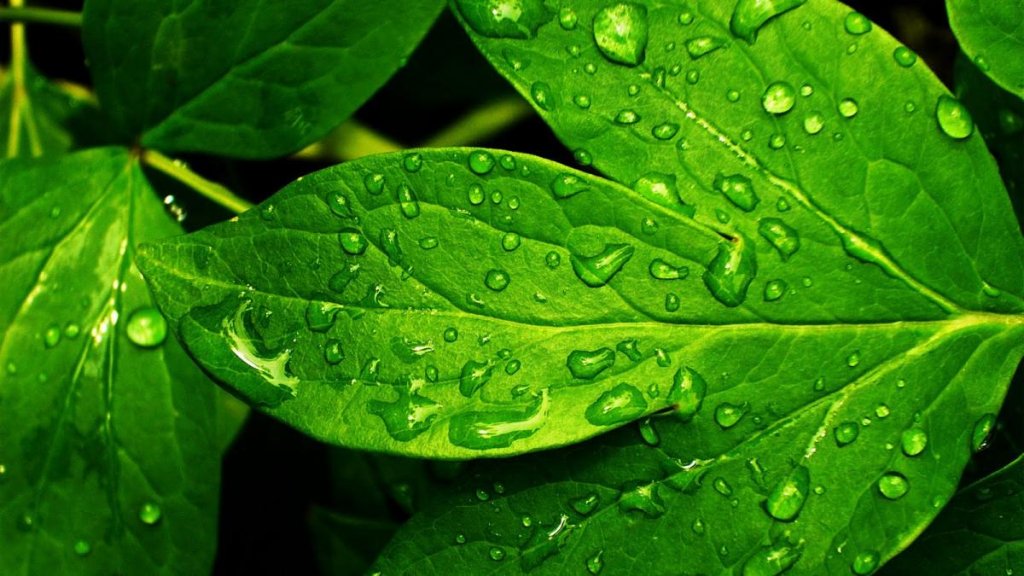
This is another very crucial function of the leaves of the plants and trees. Transpiration is the movement of water from the roots of the plants to the surface of the leaves, where it is evaporated into the atmosphere. The Xylem, the vascular tissue in the plant’s stem, aids this process. Transpiration is one process that aids in maintaining the plants’ osmotic pressure and also helps the plant maintain a relatively cooler temperature; this happens when the water is evaporated from the surface of the leaves through tiny openings called stomata, very similar to sweating in human beings.
The pull of water from the roots to the surface of the leaves is essential in giving the stem of the plant its shape and maintaining the overall structure of the plant. When the water moves, it creates a pulling force through its movement, which puts stress on the various cells in the stem, making them rigid; this whole pressure is given the name of ‘turgor’ pressure and is essential in the growth and reinforcing of the structure of the plant.
3. Guttation
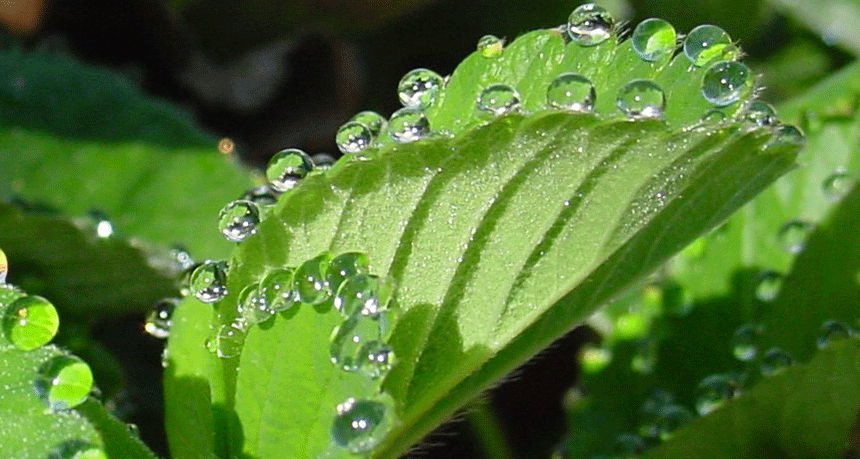
Mother Nature thought of everything, and guttation is the perfect example; when there’s too much water in the soil underneath the plant, making it difficult to absorb the required minerals from it, Guttation happens. It is the excretion of water in the form of tiny water drops from the edge of the leaves; this is facilitated by the movement of water through the xylem up the stem of the plant. Guttation happens during the night, as during the day, the transpiration process is sped up to eliminate excess water, but during the night, stomata are closed. So through guttation, the excess water is eliminated.
Guttation is also made possible with the help of hydathodes, which are special water glands present in the leaves on the edges, and these are connected to the vascular system of the plant, thereby facilitating the excretion of water in the form of drops. If this isn’t nature at its peak beauty, we don’t know what is.
4. Pantry
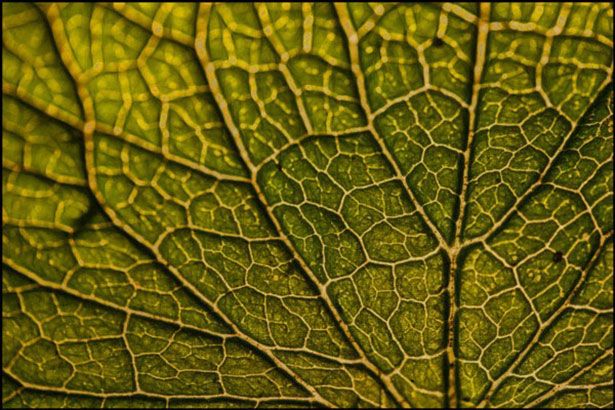
Leaves are the pantry for the plants and trees i.e. they are the storage places for the food produced during the day. The energy for sustaining the plant is formed during the day and is stored in the leaves themselves, which is why most herbivorous animals eat these leaves. The food here is energy, which is stored in the leaves in the form of glucose, which, when animals eat, is readily absorbed in their body, thereby supporting and sustaining the food chain.
Leaves also act as the plant’s water bottle, storing the water in them in the xylem, which is also what transports water from roots to all the parts of the leaves.
5. Defence System
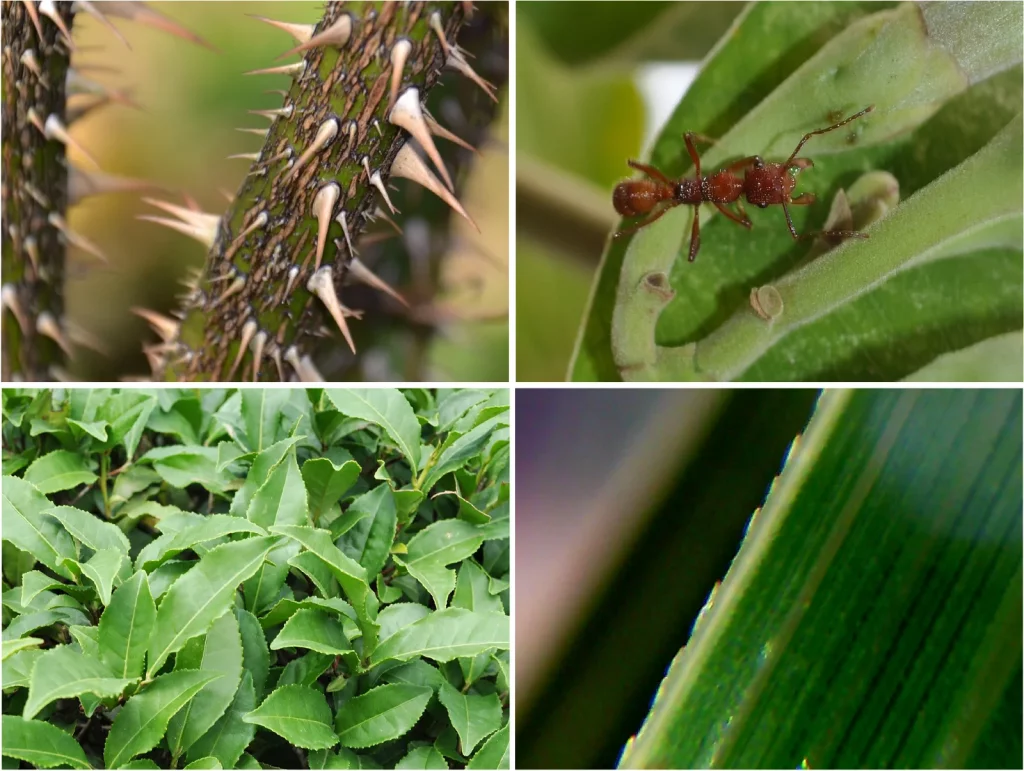
Since leaves are the primary source of water and food storage, some leaves try to save the water from being lost to the atmosphere and the food lost by the leaves being eaten by animals and for this purpose, they adapt by changing the structure of their leaves to spines or cones or even hairs that decrease the overall surface area and demotivate the animals from eating them.
Going a little extra mile to stop the water loss, some leaves develop a waxy coating on the exterior of the leaves with a relatively larger surface area to break the contact with the atmosphere and prevent surface evaporation.
Conclusion
All in all, we discussed the importance, beauty, and color of the leaves of the various trees; we also took a deep dive into the functions of the leaves, especially photosynthesis, transpiration, guttation, acting as a granary and water bottle for the plant and as an advance defense system to prevent food and water loss.
Leaves are one crucial organ of the plant and are essential in, but not limited to, growth, survival, and defense. The diverse functions of the leaves are all significant to the function of the plant they are a part of, and they perform their job well!

